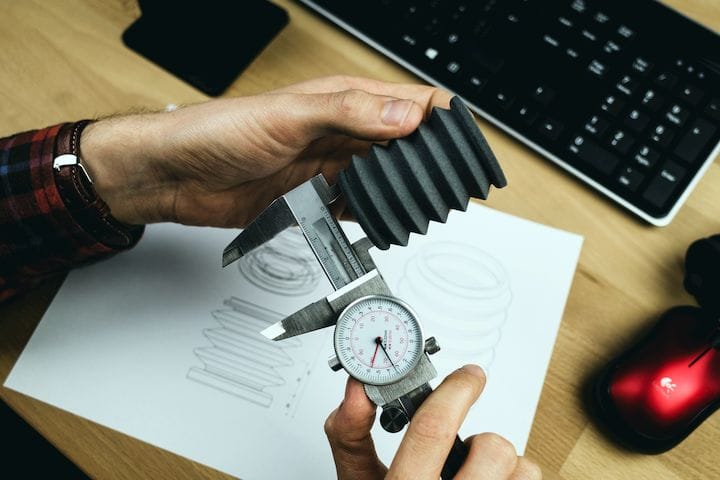![Sinterit upgrades their software [Source: Sinterit]](https://fabbaloo.com/wp-content/uploads/2020/05/image-asset_img_5eb09b35d9825.jpg)
Sinterit announced a number of changes for their operating software.
Poland-based Sinterit produces a line of inexpensive SLS 3D printers, all capable of 3D printing strong objects in nylon material and flexible material as well. Currently they market the Lisa and Lisa Pro models.
Due to their very low price points, these desktop machines are becoming increasingly popular, as alternative SLS machines are significantly more expensive, and essentially unaffordable by many organizations.
Sinterit provides operating software that allows an operator to set up a 3D print job and run it through the printer. This software is particularly important for SLS 3D printers, because that technology allows printing of objects in three dimensions; that is to say objects can be stacked, Tetris-like, within the entire build chamber top-to-bottom for maximum production capacity.
What has changed in their latest release?
Sinterit provided new print profiles for their PA11 Onyx and Flexas TPU materials. The company says the new profiles will allow more precise prints, with an accuracy of 0.100mm. Fortunately, they are adding these profiles and not replacing the previous ones that some users may have found to be quite successful for their application.
![A visual wizard now guides you through SLS 3D printing operations [Source: Sinterit]](https://fabbaloo.com/wp-content/uploads/2020/05/sinterit-guide_result_img_5eb09b362befe.jpg)
The company has also increased ease of use of their devices by adding a couple of interesting features. One new feature is a wizard-like guide that can carry users through the entire process of preparing the 3D print job properly. They say:
“Now it is almost impossible to forget some step.”
They are also now leveraging the WiFi and webcam onboard the machines to provide a live streaming real-time view of printing operations. While this is certainly not the most exciting video one could view, it could allow an operator to detect a print failure in progress and take action to save wasted materials.
![Viewing SLS 3D printing operations on a live stream [Source: Sinterit]](https://fabbaloo.com/wp-content/uploads/2020/05/image-asset_img_5eb09b36682b2.jpg)
In other words, this upgrade could save operators on material costs.
I’m pleased to see Sinterit improving their software, particularly regarding the ease-of-use features. These features are of specific benefit to their market. Quite often those purchasing low-cost equipment are among those who are least experienced with 3D printers. Thus anything they can do to make life easier would certainly be welcomed.
An upgrade like this also demonstrates the incredible versatility of software which can be easily changed and rapidly distributed to users. Thus, over time their machines actually get better.
This software is available from Sinterit.
Via Sinterit











